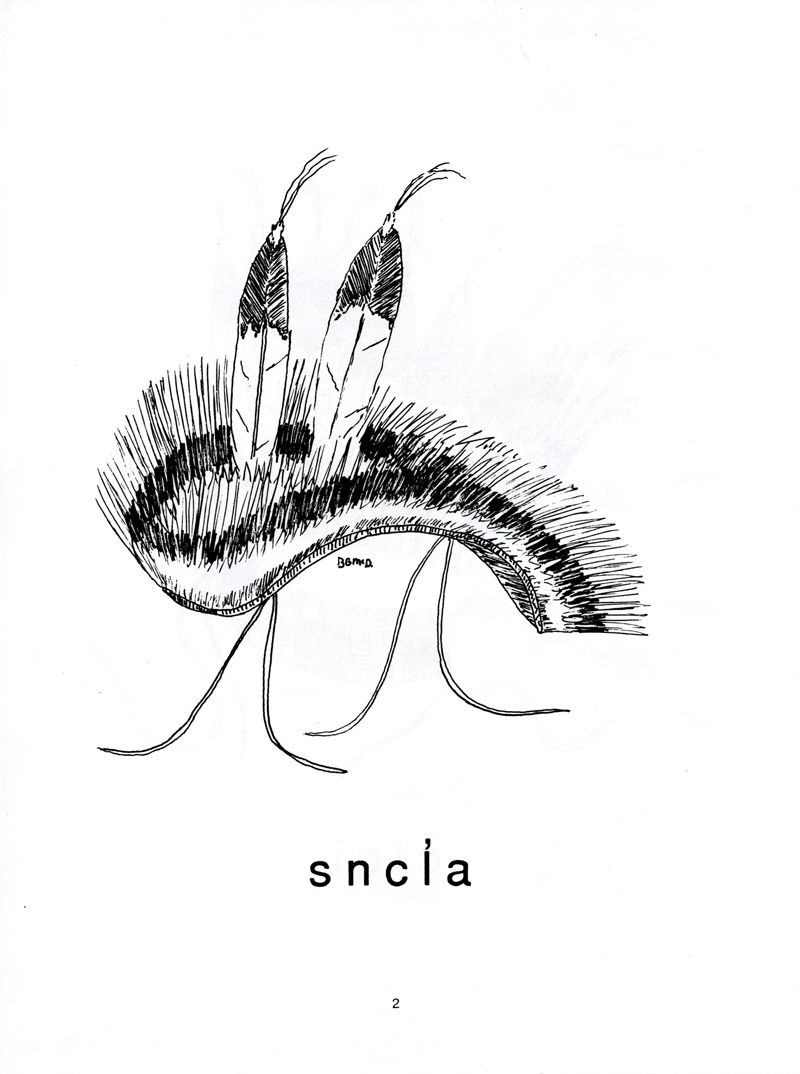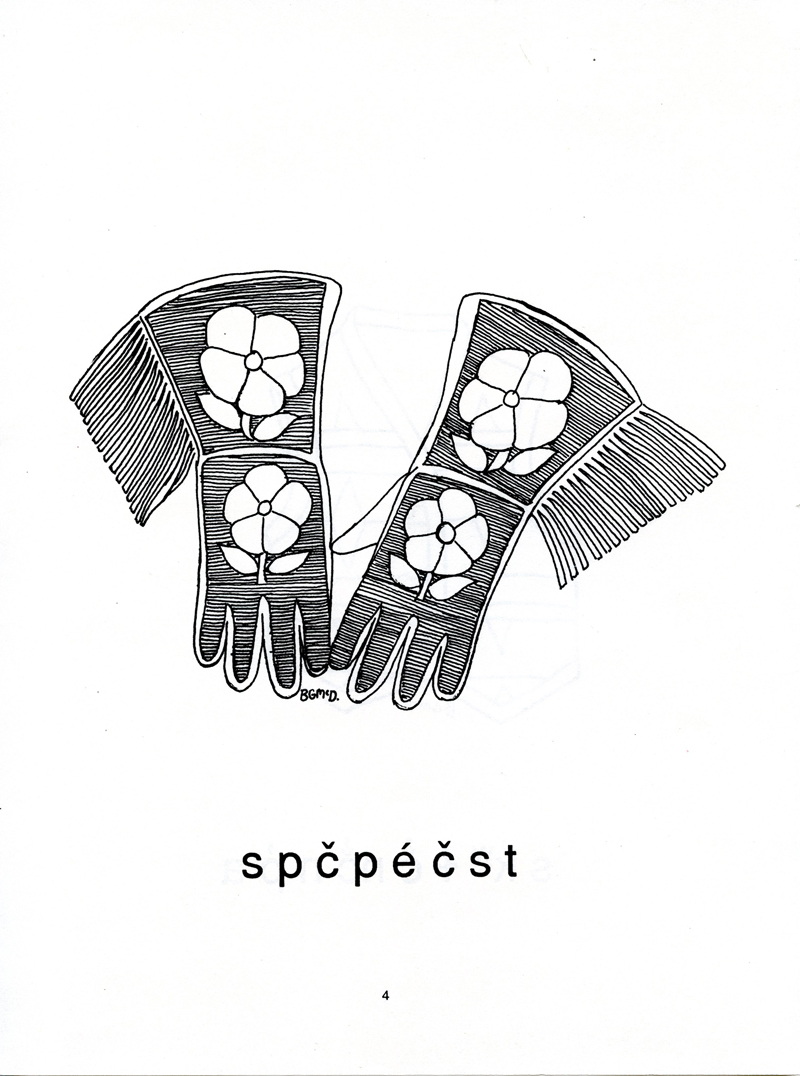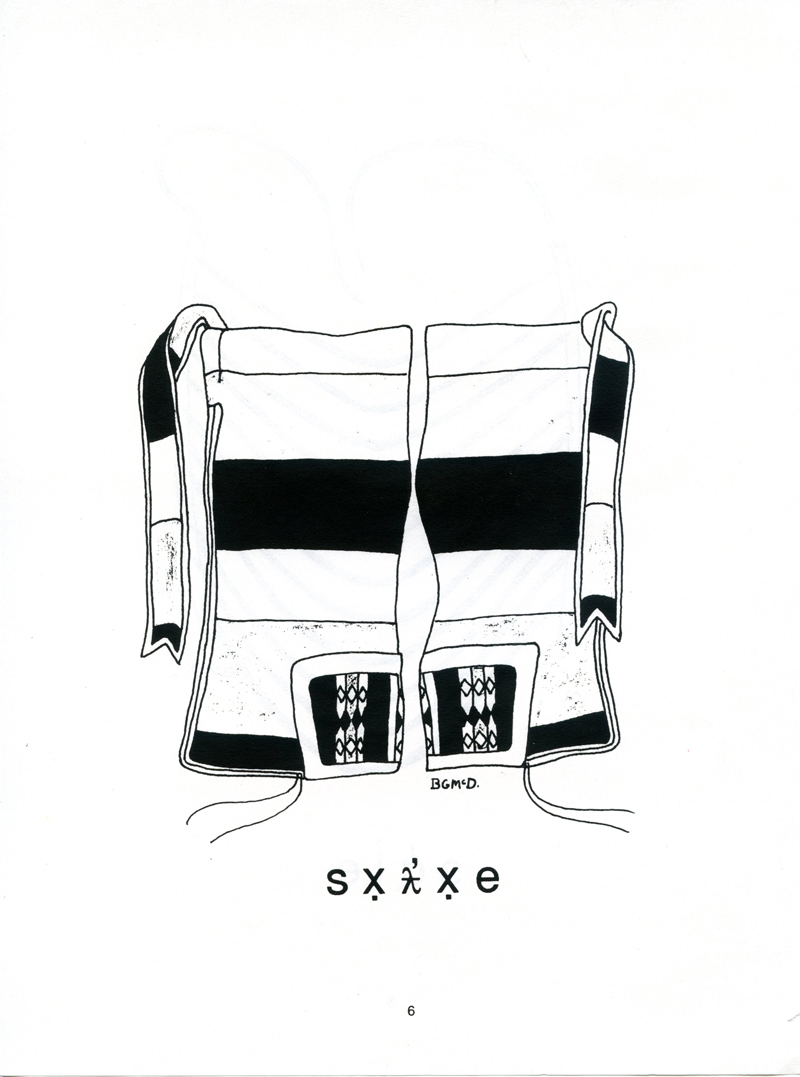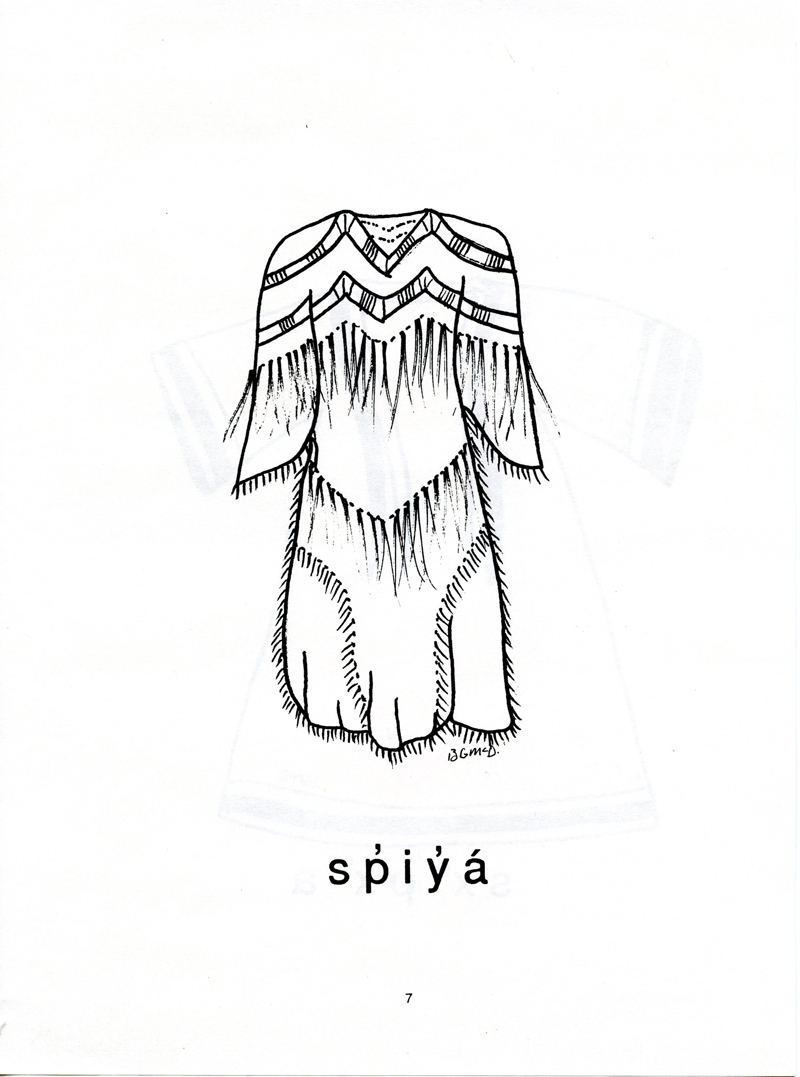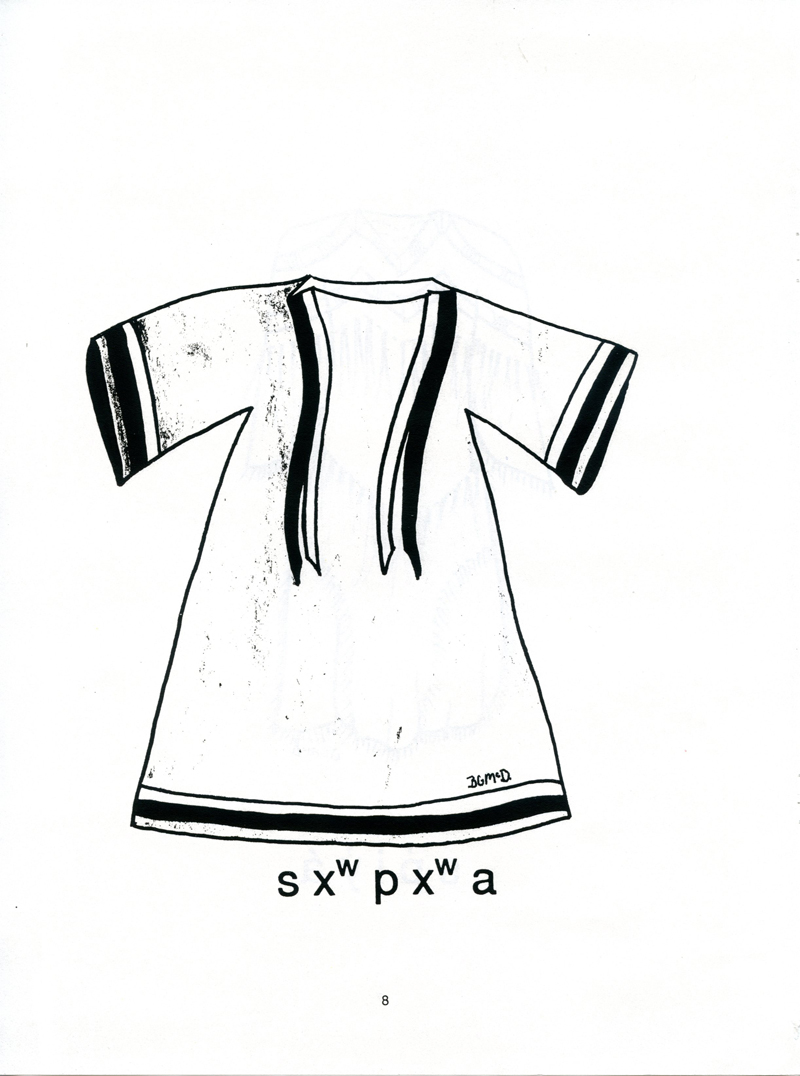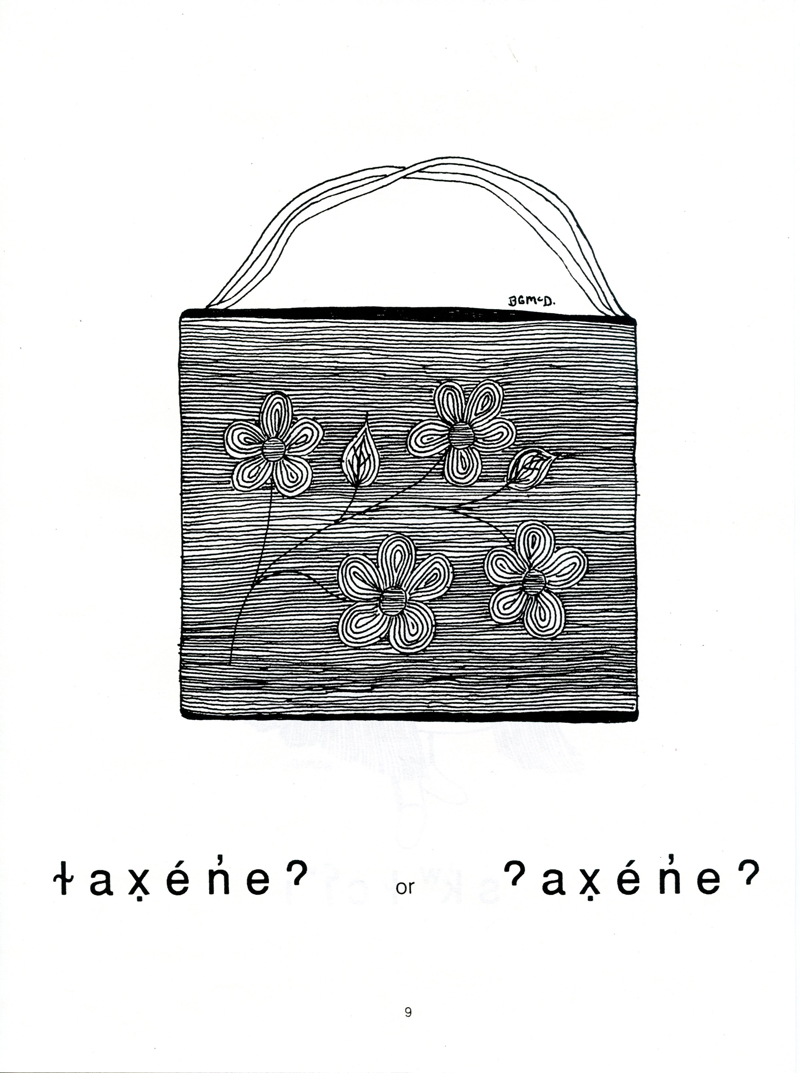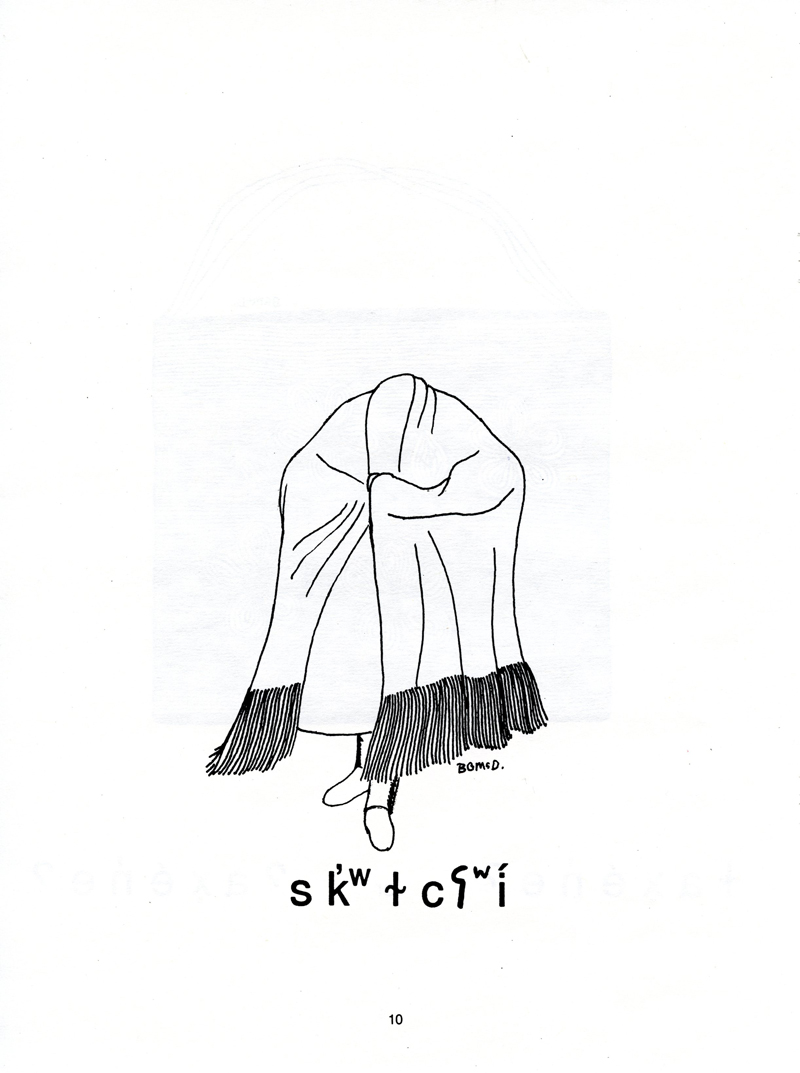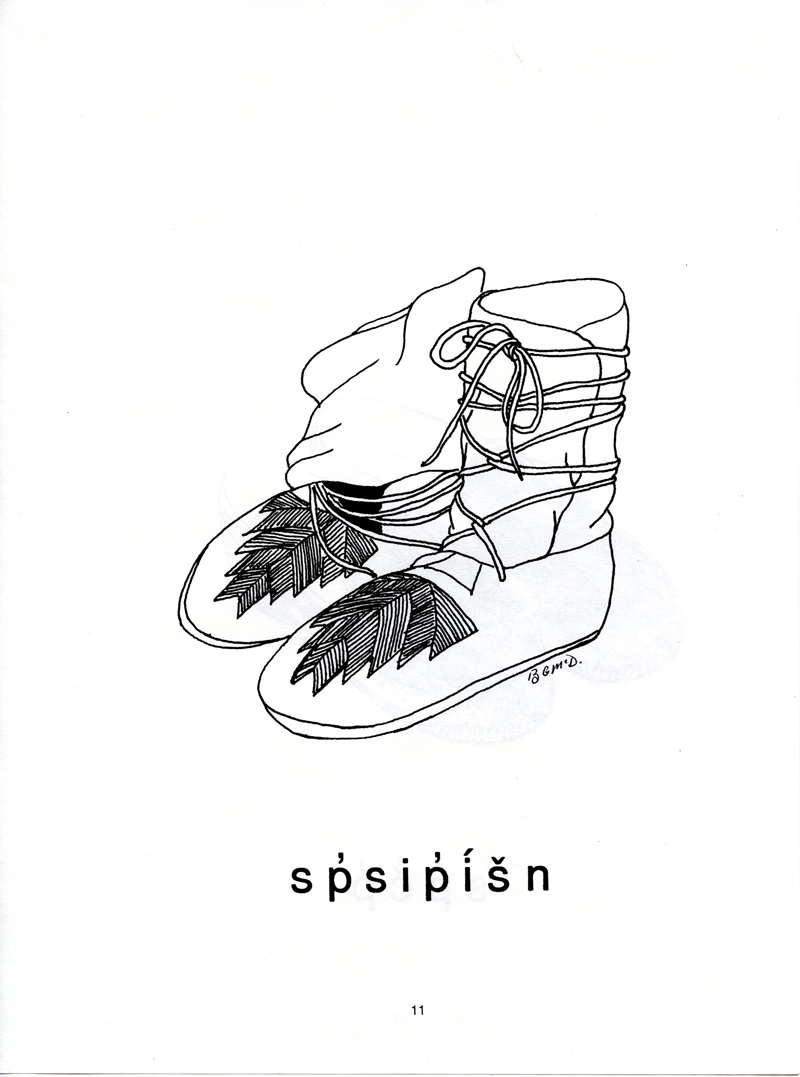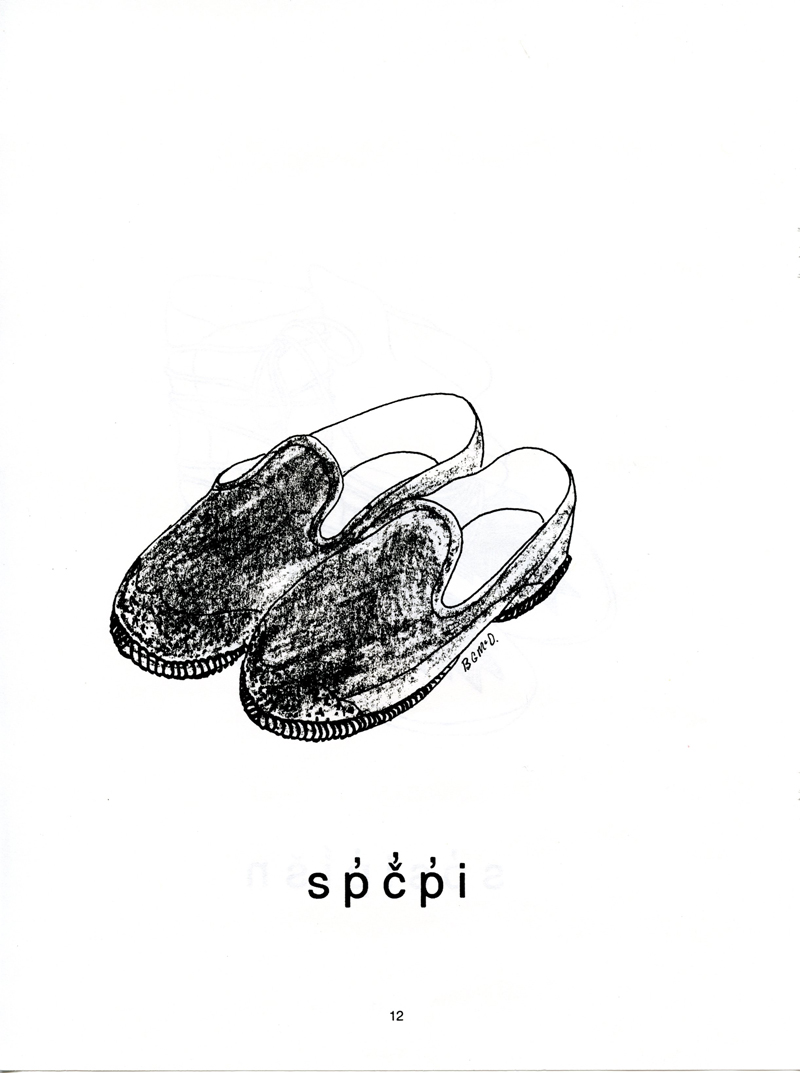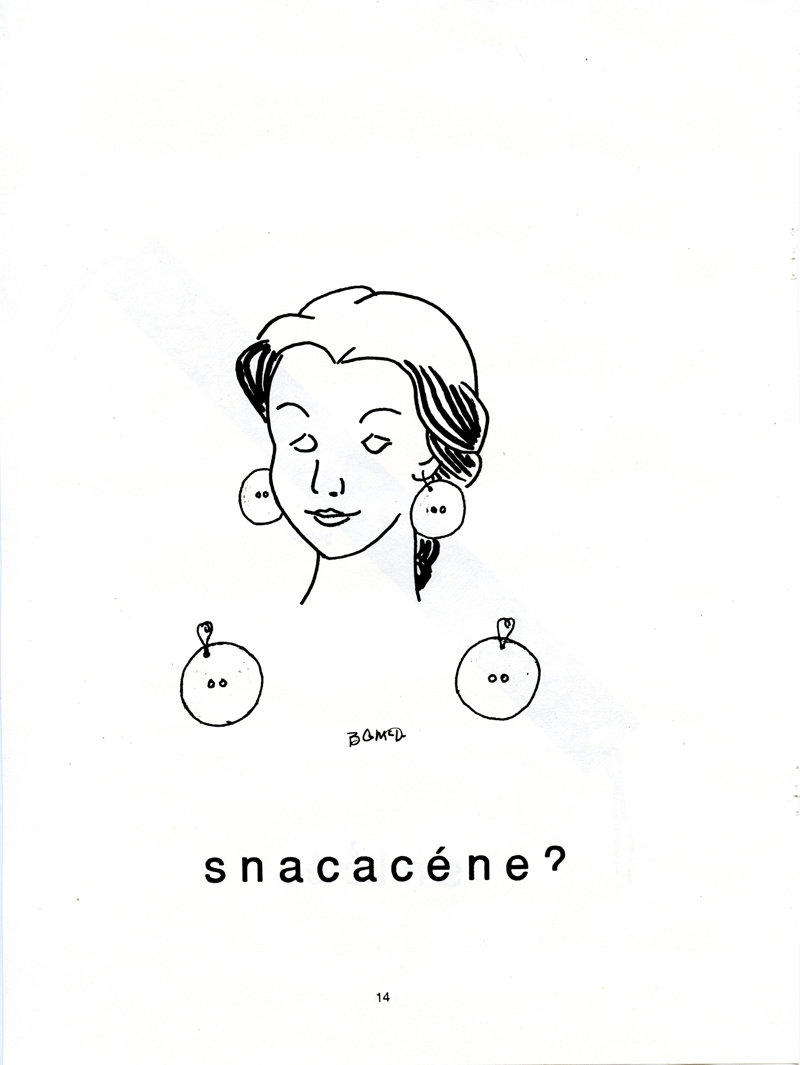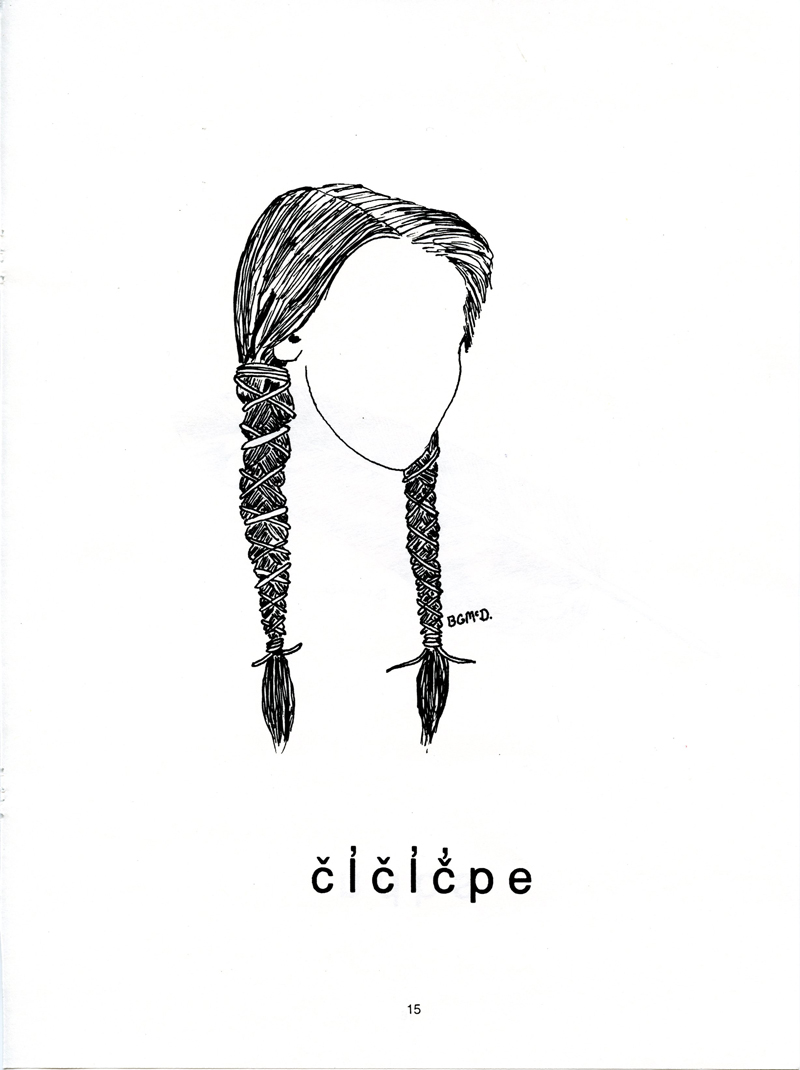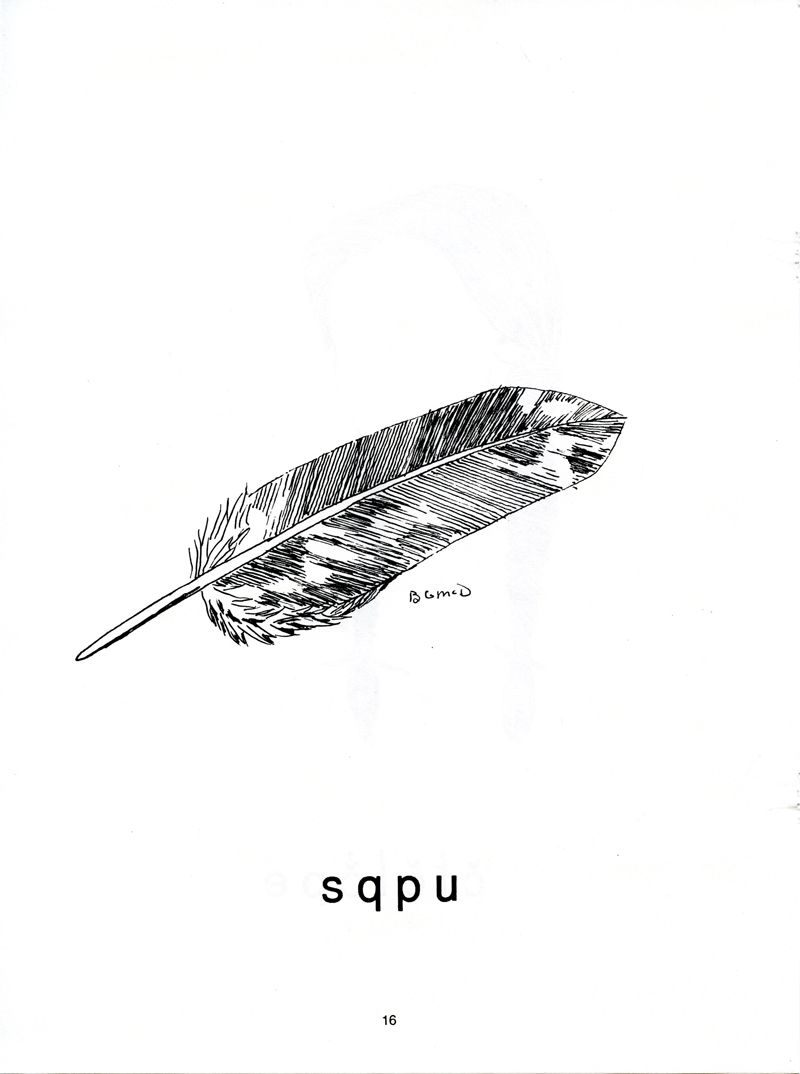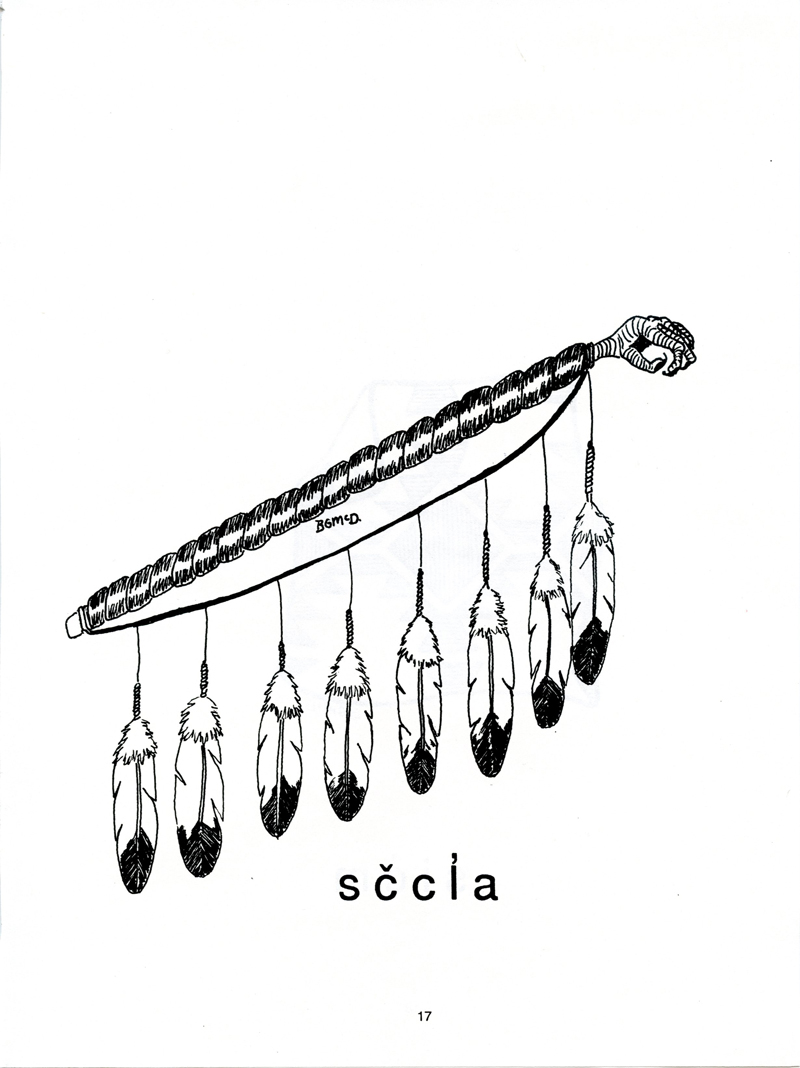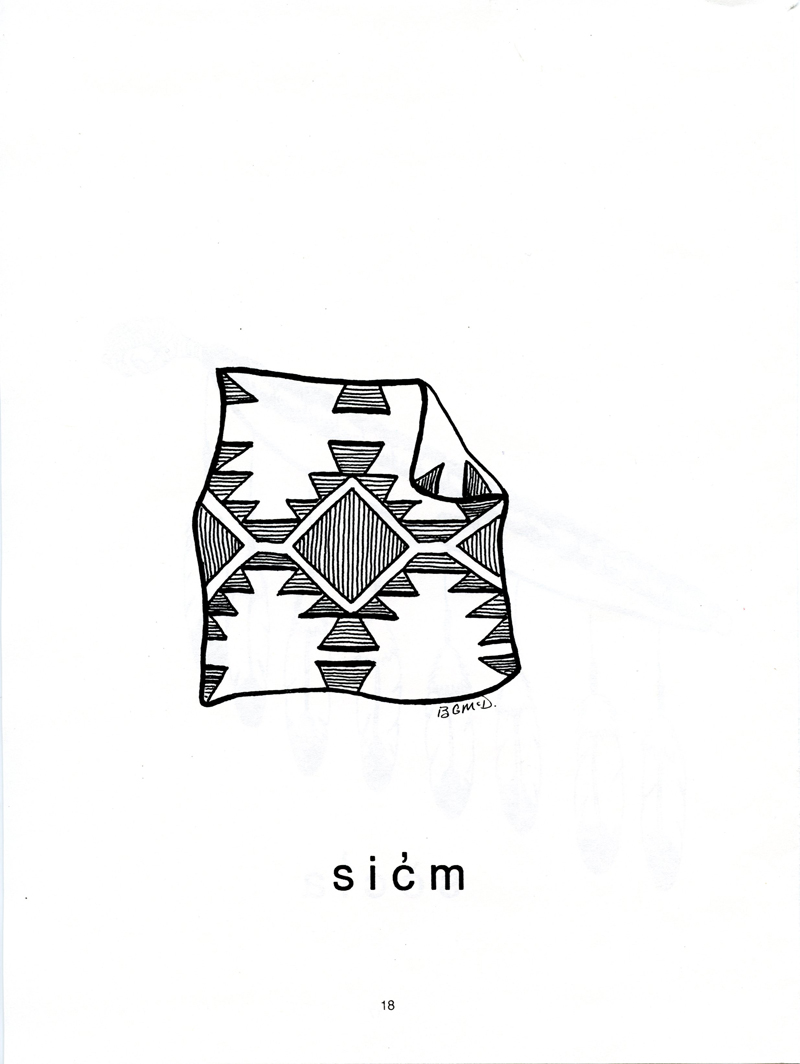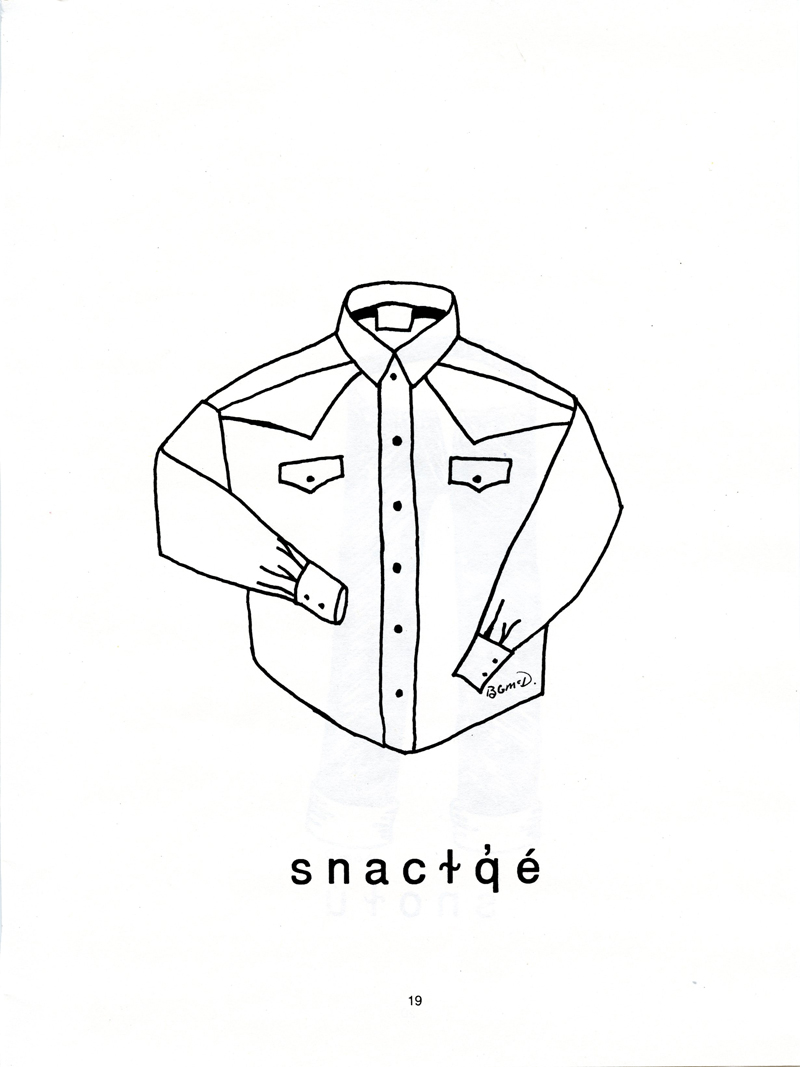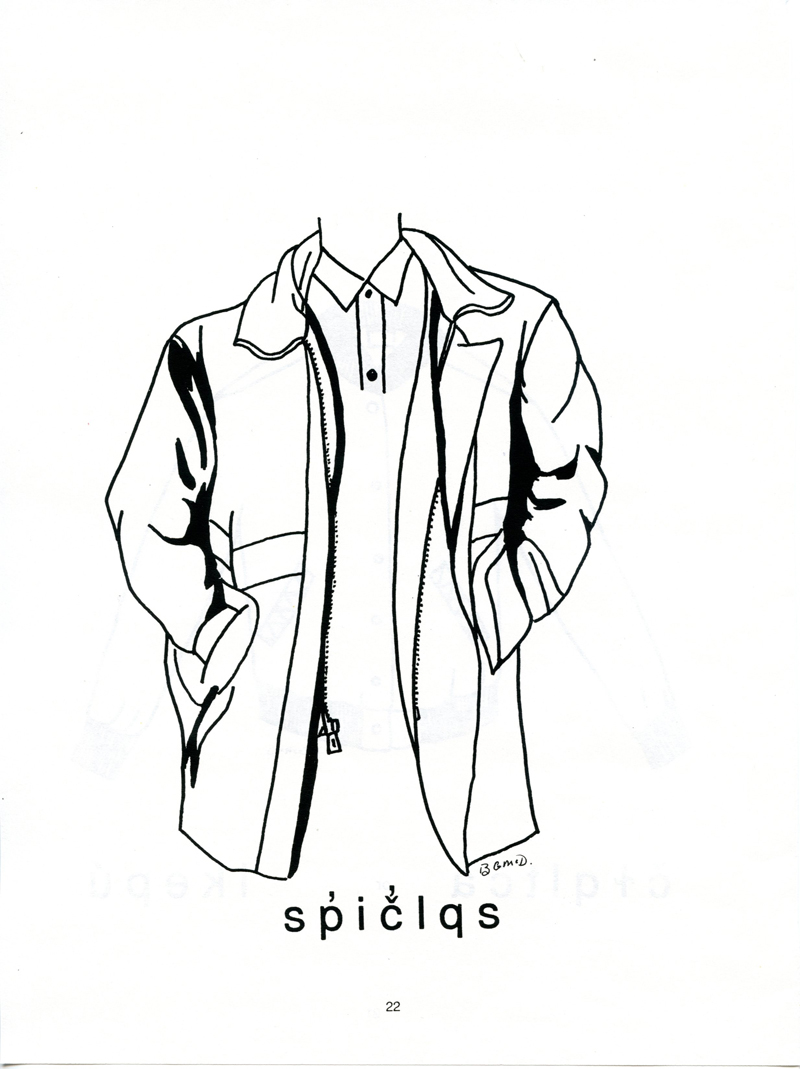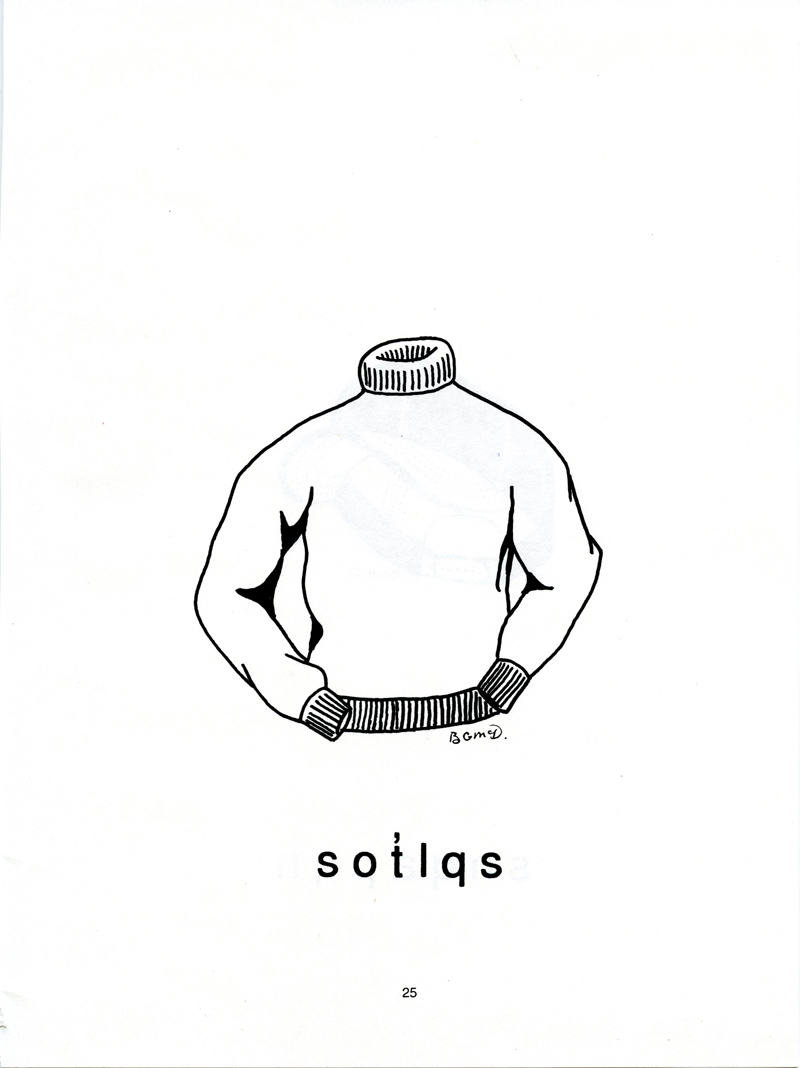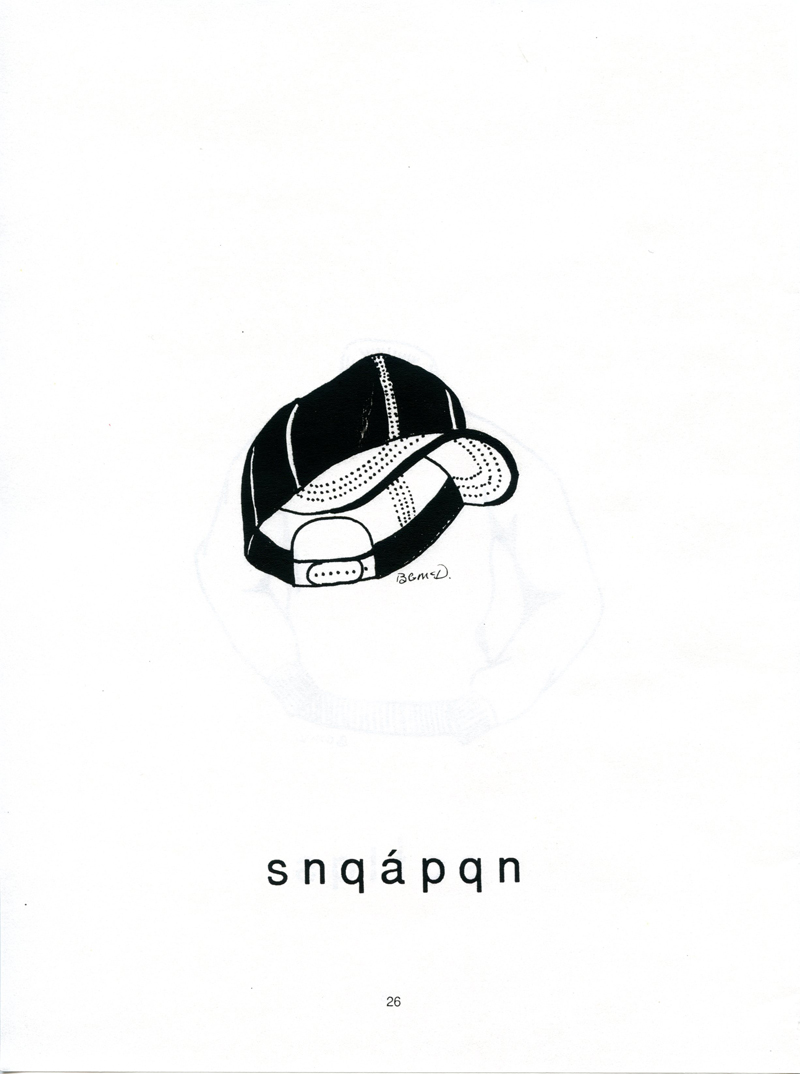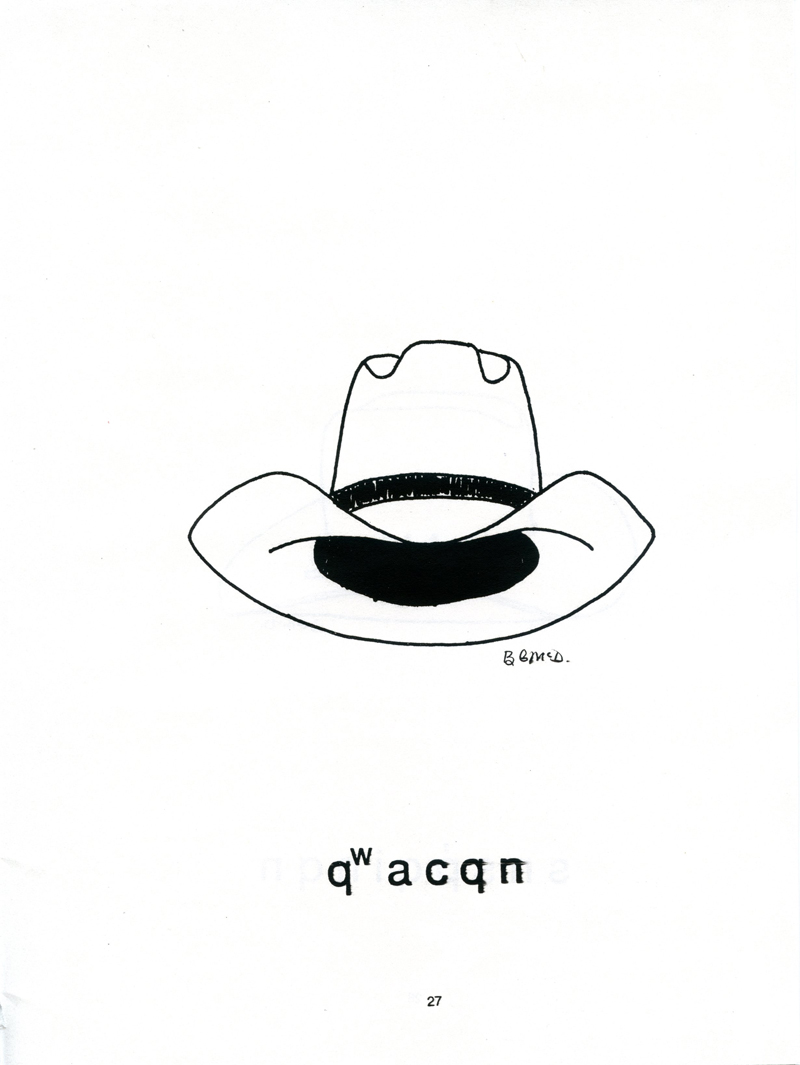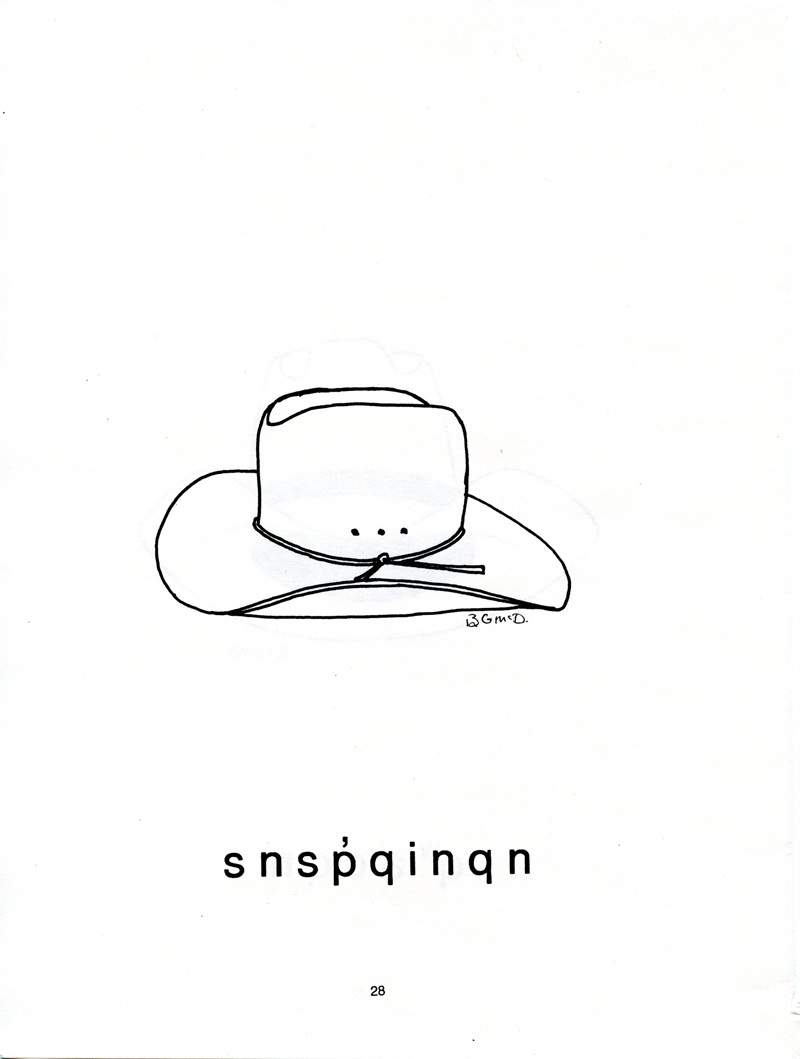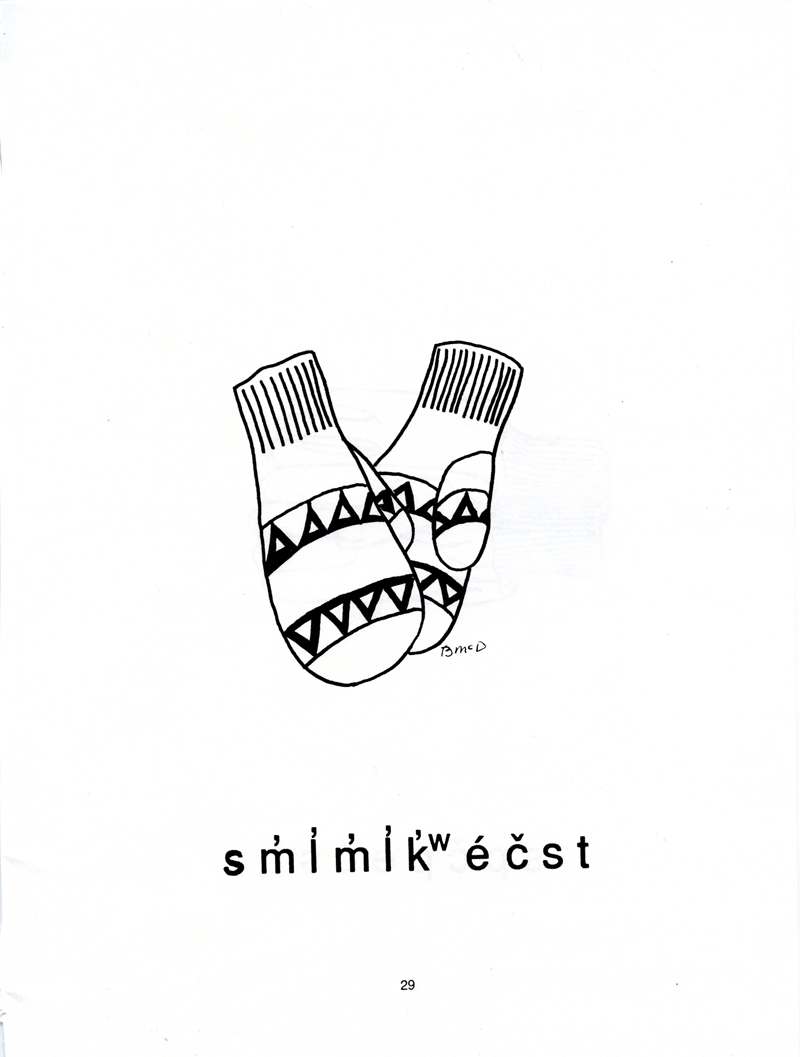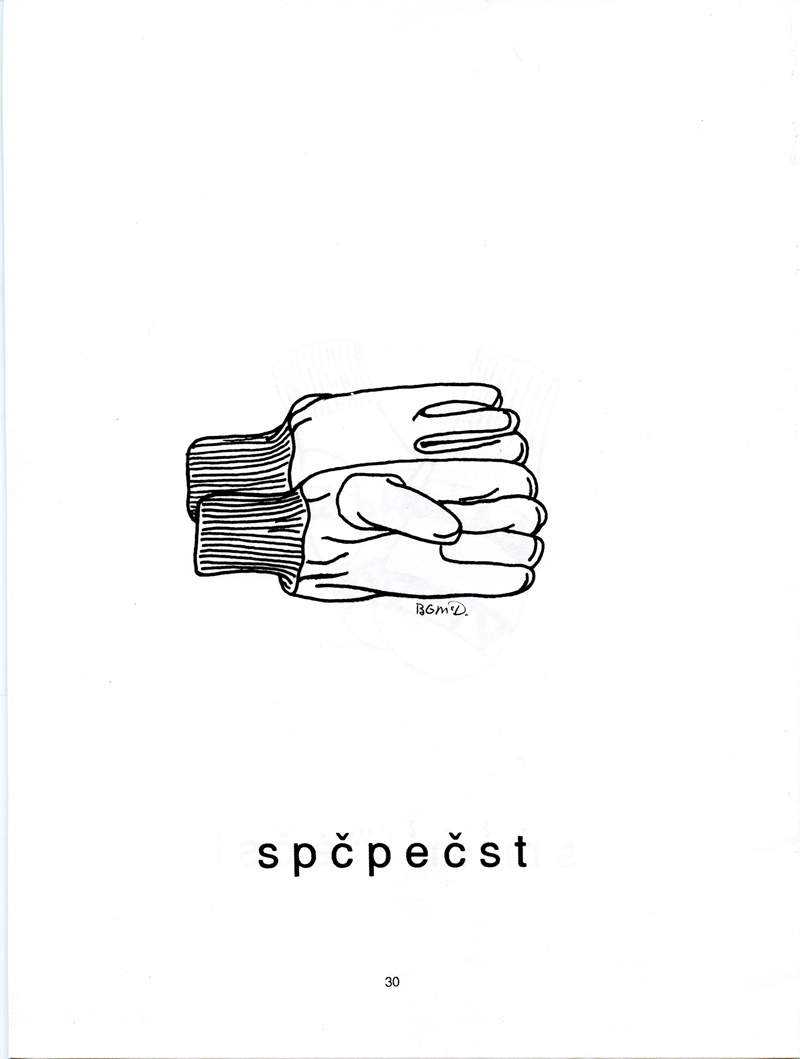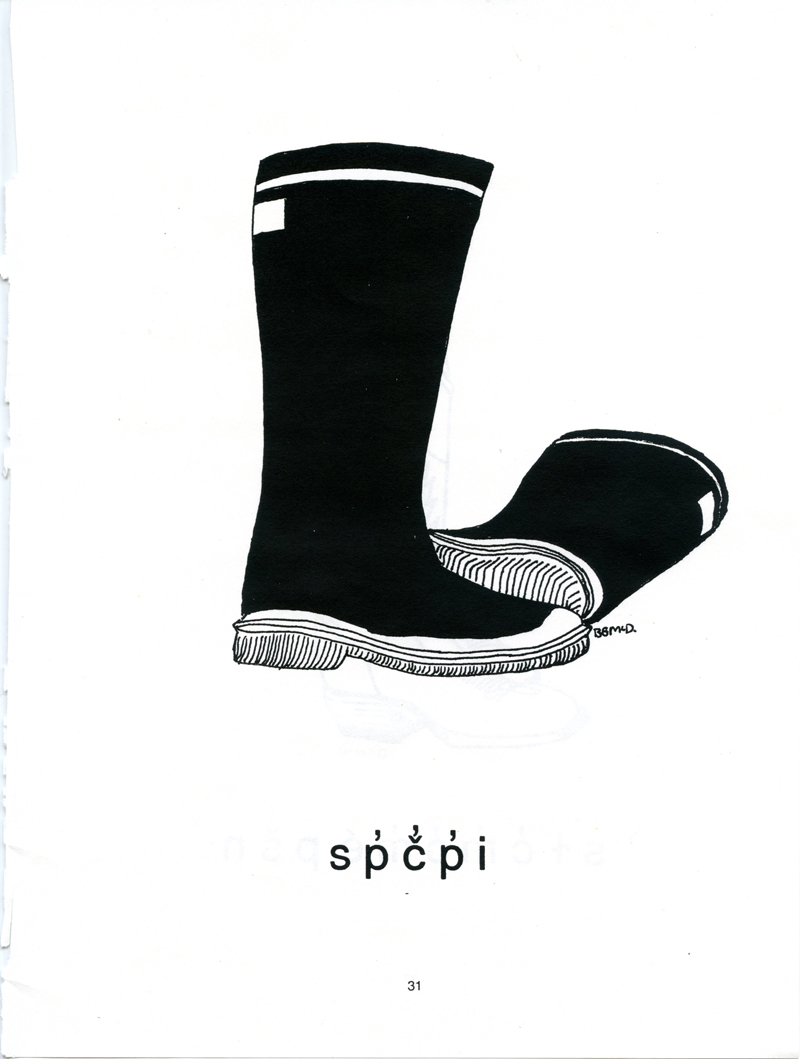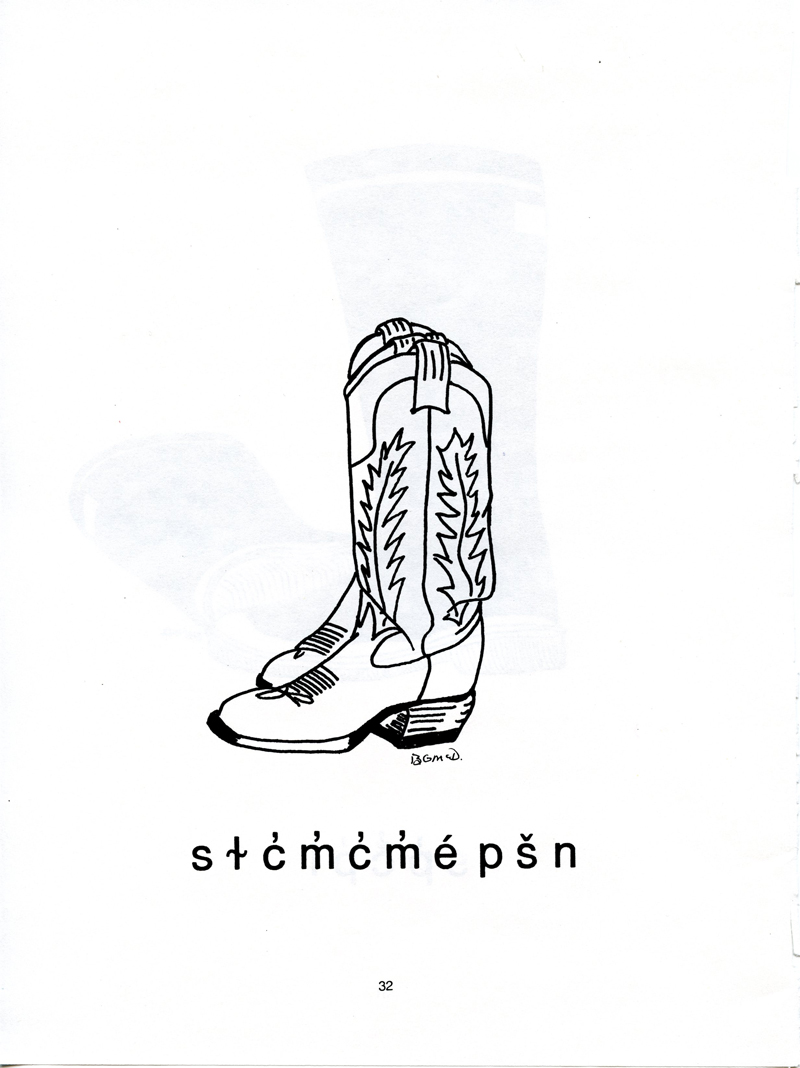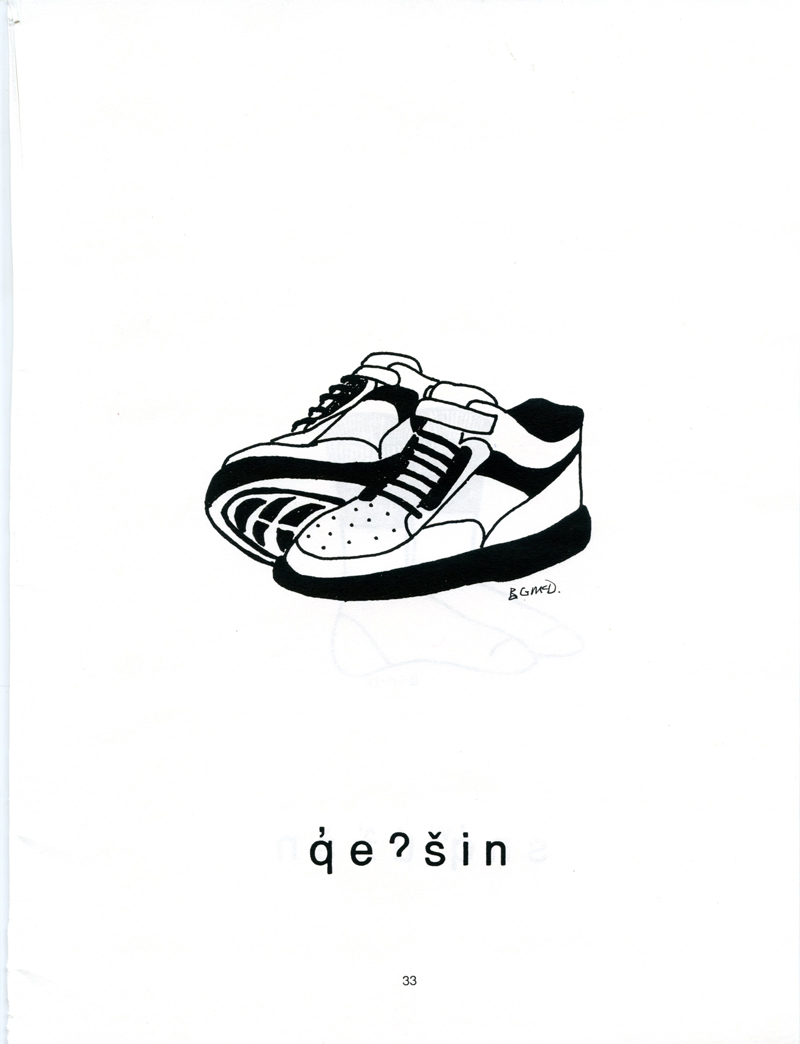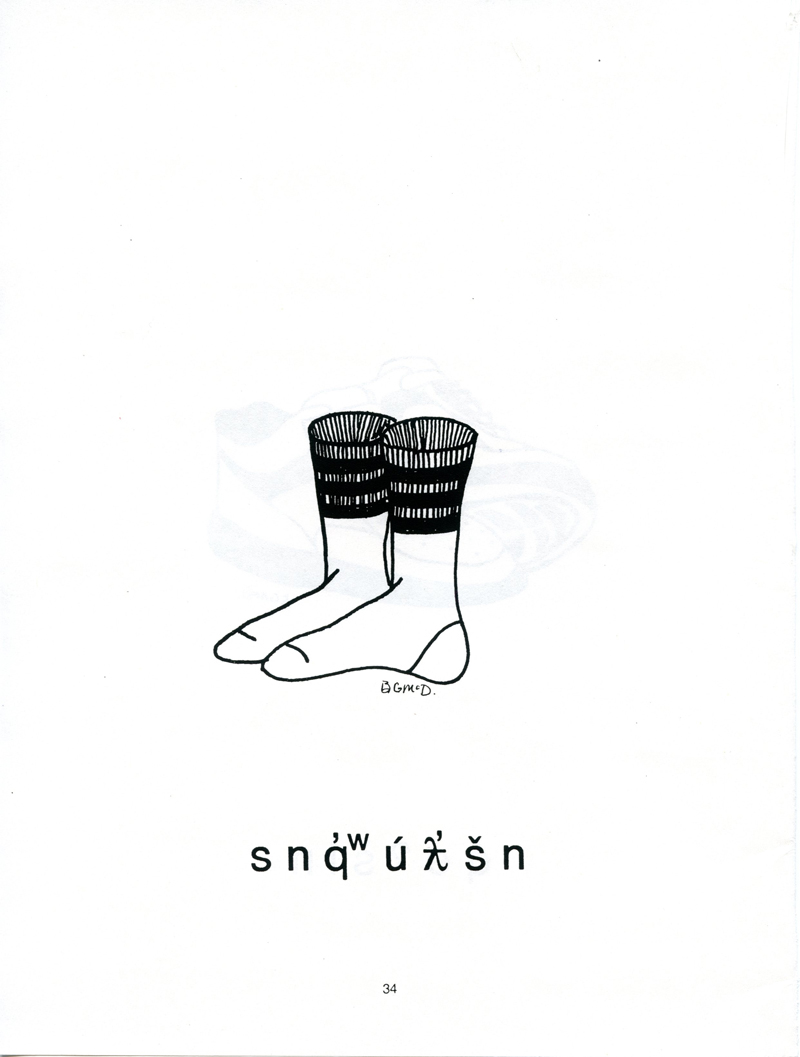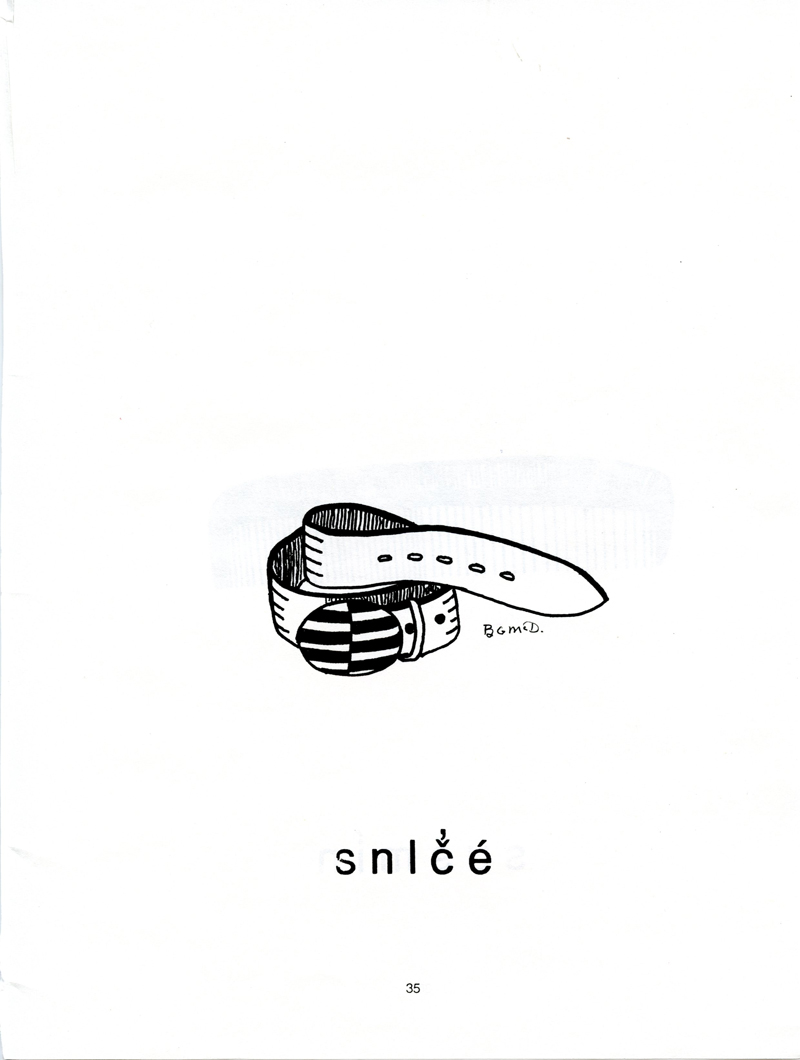Traditional Tribal Cultural Events and Activities
The Culture Committee conducts cultural and ceremonial activities, feasts, pilgrimages, and dances at appropriate times of year. This includes the New Year’s Jump Dances, the bi-annual trips to the Medicine Tree, the Bitterroot Feast, and the Christmas dinners. Other events are held in addition to these, as well as field trips with elders and other tribal members to important places in Salish-Pend d'Oreille aboriginal territories.
We continue to gather, prepare, and store traditional plant foods.. These are kept at the Longhouse for use in tribal feasts and other special occasions, and for the benefit of elders. We also gather and dry traditional medicinal plants for the personal use of traditional elders, and other traditional materials as needed for various cultural uses.
Elders Meetings
The Culture Committee’s work is based on maintaining close relationships and consultation with the members of the Salish-Pend d'Oreille Elders Cultural Advisory Council and other elders. We meet with the Elders Council monthly from October through June, and in other meetings scheduled when the need arises. In many of these meetings, representatives of other Tribal departments and programs, as well as non-tribal officials, businesses, and private individuals present issues, projects, and proposals to the Elders for their review, comment, and evaluation. The Culture Committee also meets regularly with the elders on an individual basis to consult with them on any matters that may arise. The Culture Committee carries out its duties and tasks based on these meetings and on the needs of our tribal people.
Plants
maninłp - subalpine fir
This evergreen varies in height, from prostrate scrubs at timberline to majestic, 90 foot sentenials in subalpine forest. The grey bark is at first thin and smooth. but with age becomes thickened rough. The young bark is especially covered with resin-filled linear and blunt tipped needles. that are shiny green above and whitish beneath. The large, purple cones start erect on the branches.
This majestic fir frequents subalpine slopes and forest, from 2500 feet in elevation to timberline. It ranges from Alaska and the Yukon South through the Pacific Northwest, Idaho, Montana, and to New Mexico and Arizona.
Salish Pend d' Oreille Indians knew subalpine fir well. They found this stately, aromatic evergreen beneficial for personal adornment, medicine, incense, and hair tonic. They often enhanced the appearance of their long hair with tonic from the alpine fir.. Salish and Pend d' Oreille Indians also used alpine fir for various medicinal purposes, cuts, wounds, sores and colds. The benefited from the sweet fragrance of subalpine fir. They would place needles on stove tops and burn as incense or arrange the boughs a room for their aroma.
stmtmniʔá - snowberry
stmtmniʔá is a 2 to 5 foot tall scrub. It is named for its white berries. This is a wide spread species of hillsides and mountain slopes. The fruit, leaves and bark were crushed and applied to wet sores, cuts, chapped or injured skin, or ro scabs and burns to promote healing with no scaring. An eyewash was made from this species and wild rose mixed together. This plant is still gathered today by Salish-Pend d' Oreille people.
mtčw̓e - balsam root
Also known as the Sunflower to many. This is a coarse perennial herb arising from deep seated, woody root, it is edible in the spring and follows the sčay̓l̓mn (buttercup). Balsam root is densely and softly hairy throughout. The leaves are long petoiled, triangular shape, and measure up to one foot in length. The yellow, sunflower-like blossoms are two to four inches across. The flowering stems were peeled and eaten like celery or cooked as a green. The tough, woody roots could be made palatable by being baked in a fire for at least three days. The leaves were used as a poultice for swellings or burns. A tea made from the roots was drunk for different sicknesses. Today Indian people still gather different plants for foods and medicinal uses. We are very protective of these and encourage anyone interested in this plant or any plant to contact the Culture Committee before trying to use them. Be careful what you read and what you are told as some plants are poisonous.
Sx̣ʷeli - Camas
Camas is a 1 to 2 foot tall lilly - like plant. The brilliant blue flowers are clustered in races at the tip of the flowering stalks. The onion - like bulbs are covered with blackish coats, but are white inside. The grass like leaves arise almost to the height of the flowering stalk.
Camas grows in moist meadows, especially those which become dry by late spring. It occurs from British Columbia east to southwest Alberta, Montana, Wyoming, and Utah.
A great quantity of Camas bulbs are eaten by Salish. The bulbs were and still are gathered just after the plant had bloomed, which is usually in late June to early August, depending on the elevation.
Salish people baked Camas in a pit for three days. The cooked Camas, dark in color and sweet in taste could be eaten immediately, dried and stored for future use.
St̓ša - Huckleberry
The Huckleberry is a small to medium sized scrub with grooved and reddish stems. The shiny leaves are small. The vase-shaped, rose colored flowers ripen into blue berries in late summer. This Huckleberry is found in moist forests in the Rocky Mountains. It becomes especially abundant in areas burned from forest fires or logged over areas. There are many species of Huckleberry. The Huckleberry was probably the most important fruit gathered. It has been suggested that they were mostly eaten in season, but some were sun dried and saved for wither use. In the winter the dried Huckleberries were boiled and eaten with various roots.
Animals
Malqnu - Eagle
The Eagle is a highly respected bird by the indian people. The Indians used the eagle feathers for everything. They used them in wars and for celebrations. The chief of all flying animals.
Sk̓ʷtismyé - Mountain Lion
This animal has been very important to Indian people. "Its one of our main animals, spiritually" stated tribal elder Felicity "Jim" McDonald. They have always been around this area. The cougars or mountain lions are good hunters, they are strong and intelligent. They hunt in pairs or alone. Skʷtismyé were never hunted for its meat or hides. The only time Salish/Pend d' Oreille people hunted and killed animals was for their livelihood, and survival. They never wasted and animal they killed, they ate the meat and used hides for clothing. Animals are respected among Indian people.
X̣ʷax̣ʷaa - Fox
Our Salish elders tell us that x̣ʷax̣ʷaa was the cousin to snč̓l̓é. x̣ʷax̣ʷaa always brought snč̓l̓é back to life by stepping over him in our legends or Coyote Stories. Coyote always thought he had slept for a long time when he actually had died for some reason. The late Pete Pierre had said " coyote was a person, in indian he is called snč̓l̓é. This person or what ever he was, was appointed to go through from coast to coast on foot. He was to kill all the monsters or whatever, he and another person called fox. He was told that he would be killed along the way many times. Fox was told to come 2 or 3 days later if he should get killed. Fox would revive him to come alive so he could continue his journey."( taken from Salish Archives tape 15, side 1)
"Coyote Stories" are to be told only during the winter months when the snow covers the ground.
Months
December - Esʔacm̓í Spq̓ni (Trapping Month)
This is the time of the year when Salish and Pend d' Oreille did the trapping. Some time ago, we trapped martin, weasel, mink, otter, beaver and muskrat. We use the skins of these animals in different ways - braid wraps, trimming for outfits among other uses. Today, these animals are not in as much of abundance as they once were long ago and are now trapped and carefully used.
November - Sqʷlllú Spq̓niʔ (Story Telling)
Story telling begins after the first snowfall. This is a time of year when the Salish people relax from the Summer and early Fall harvesting seasons. Stories are told by parents and grandparents to the younger generations. The children are encouraged to sit quietly and listen with thoughts of their own about being part of the stories. The stories teach and tell of values and morals. From these stories we can still today see landmarks that tell us of the creation of mankind. From these stories, we learn how mankind came to be. In early spring the stories are put away and are not to be told until snowfall again in the winter season.
October - Sčłip Spq̓niʔ (Hunting Month)
A hunting party of young men would go up into hunting grounds. A leader would appoint two scouts to make a corral. The leader would give the directions and calls to let them know when to be ready and when to make moves. This way they would not waste any ammunition and you will have enough for another hunt. The animals were chased into the corral and only what was needed was taken. After the men killed enough meat for the camp they would then take all the meat back to camp. The women would slice and dry the meat and divide it equally among all the camps. They would pack their meat in their hunting packs and start for home.
September - łx̣łó Spq̓ni (Month of the Chokecherry)
The chokecherry is a dark red or black berry grown on tall bushes. It is one of the foods the Salish - Pend d' Oreille people picked for their winter supply.
This is also the month for wild grapes. After it is picked it may be eaten fresh or mashed for drying. Elderberries were also picked during this month. September is usually the month our people gathered the last of the berries for the winter supplies.
August - St̓šá Spq̓ni (Month of the Huckleberry)
The huckleberries ripen in the month of August and some as early as late July. The St̓šałq grew in abundance years ago. If they are plentiful, we would pick enough to last all winter and spring.
Our people use cedar bark baskets made earlier in the year for holding the berries. The baskets are light-weight and easy to carry. Berries never get crushed in these baskets. Other berries that are also ripe at this time are foam berries (Indian Ice Cream Berries), thimbleberries, and raspberries. As we still do today, through out the entire month of August we are picking and gathering the berries.
July - Es ya̓pqéyn̓i Spq̓niʔ (Celebration Month)
This is the middle of the summer months when all the people get together to celebrate and give thanks that they survived the wars and the long hard winter. The people donate in many ways to celebrate at this time of year. Each day several Indian leaders would gather at the Chiefs tipi to discuss the activities for that day. After they had it all planned, the camp crier would ride among the encampment to announce each activity. The annual Arlee Celebration is usually the first weekend of this month.
June - Sx̣ʷeʔlí Spq̓niʔ (Month Of Camas)
This is usually the month when the Camas is ready to dig. The Camas is baked in the ground for three days with black tree moss. During this month the Salish People make bark baskets for berry picking. The bark is taken from Lodge pole and Cedar trees. We are always careful not to take too much off one tree so it won’t kill the tree. Tipi poles are cut during this month as well, they peel easier. When the wild-rose blossoms our people know that the buffalo are nice and fat. When the strawberries were ripe, the baby elk and deer were born.
May - Sp̓eƛ̓m Spq̓niʔ (Bitterroot Month)
When it was time to dig bitterroot, the Chief would select a group women to go ahead and test the root to see if it was ready. If it peeled easily, then it was ready. Before any bitterroot was dug, a ceremony had to be conducted. This ceremony was done to ask that the bitterroots and all plants for food or medicine be abundant and healthful. A feast of roots was collected by an appointed group. Following the ceremony, everyone is then free to dig all that they need.
People were asked not to dig any bitterroots before the ceremony. If it was dug before the ceremony, it caused the roots to be extra bitter and scarce. Sp̓eƛ̓m was always carefully peeled, cleaned and dried throughly before storing. The indian people sometimes traded bitterroot with other tribes for different types of food that were not found here.
April - Sčyál̓mn spq̓niʔ (The Month of the Buttercup)
This is the Spring(sqepc) month. The first thunder is heard this month. All the bears, snakes, gophers and other hibernating animals come out. Snč̓lé stories are no longer told, they have been put away until the next snow fall.
This is also the month when the sčyál̓mn (buttercup), q̓awxeʔ (yellow bells) and słt̓it̓ič̓i (little dog, pussy willows) are in bloom. The Indian people used the sčyál̓mn as medicine. The qawxeʔ was used as a fruit. It would be mixed with spéƛ̓m (bitterroot).
March - k̓ʷsixʷ spq̓niʔ (The Month of The Geese)
When the geese were spotted flying in from the south that was a good sign that the winter months were coming to an end. It was time to look ahead to warmer weather. During the first part of the month, some of the people would go to certain lakes to snag, and trap fish. The people would be preparing for their hunting trips, berry picking and root digging. This is also when ƛ̓čƛ̓a (Blackbirds) would be arriving.
February - Čqʷosqn Spq̓niʔ (Coldest Month)
This is the month that our people regarded as the coldest month of the year. They called it čqʷosqn because it meant it was very very cold. The weather was often below zero during this month and the snow deep. This month was a long hard time for the Indian people.
January - Sčn̓čłtu Spq̓niʔ (The Hand Shaking Month)
Long ago, before the coming of the Black Robes and the trappers, our people, the Pend d' Oreille and Salish, would gather together for the mid-winter ceremonies. In these gatherings, they would sing what is called a hand shaking song.
The second name for January came about through the influences of the trappers and traders. During this time the people would gather together and shoot off their rifles and guns at midnight to welcome the New Year. After they shot off their rifles and guns, they would go back inside and sing the hand shaking song. After the song was sung, the people would have a small meal and head off to bed.
On New Year's Day, people gather at different homes for a day of feasts and fun. After the meal, we would drum and sing and dance. Then we have the Jump Dance. After this is all over, someone would stand up say where we’ll all be gathering for the next day, (at somebody else's home) to continue the Jump Dance. The Jump Dance continues for four days usually. Today, we have the Jump Dance here at the Long House. It is a time of giving thanks in prayers and thought. It is a time of renewal for the people and their families for the coming year.


